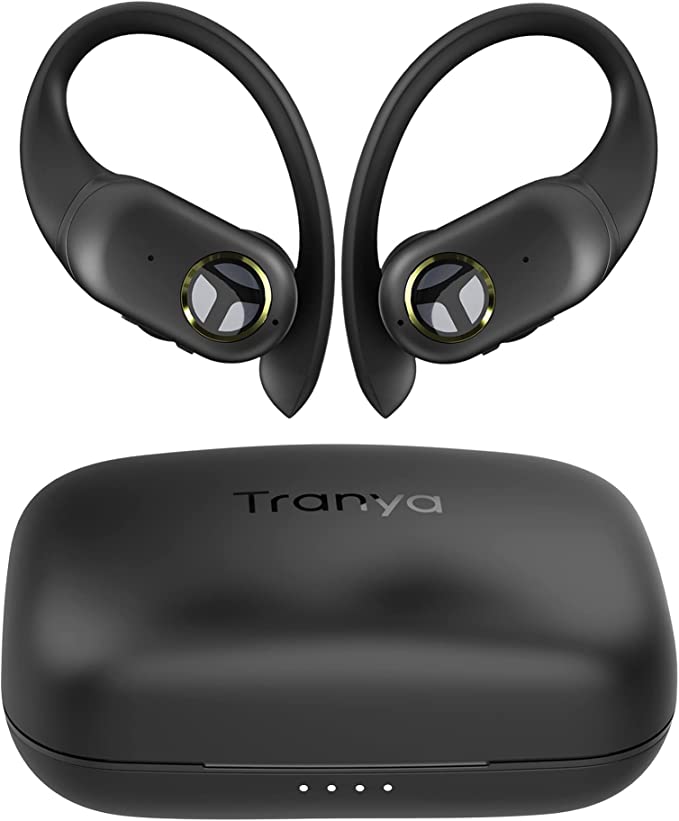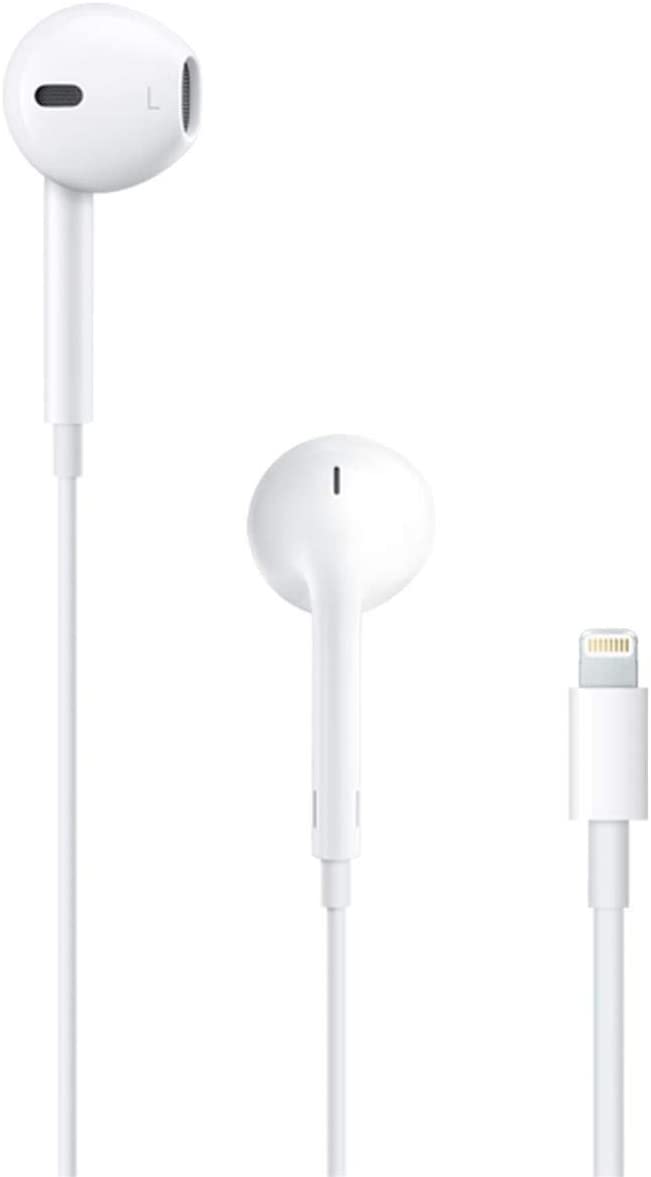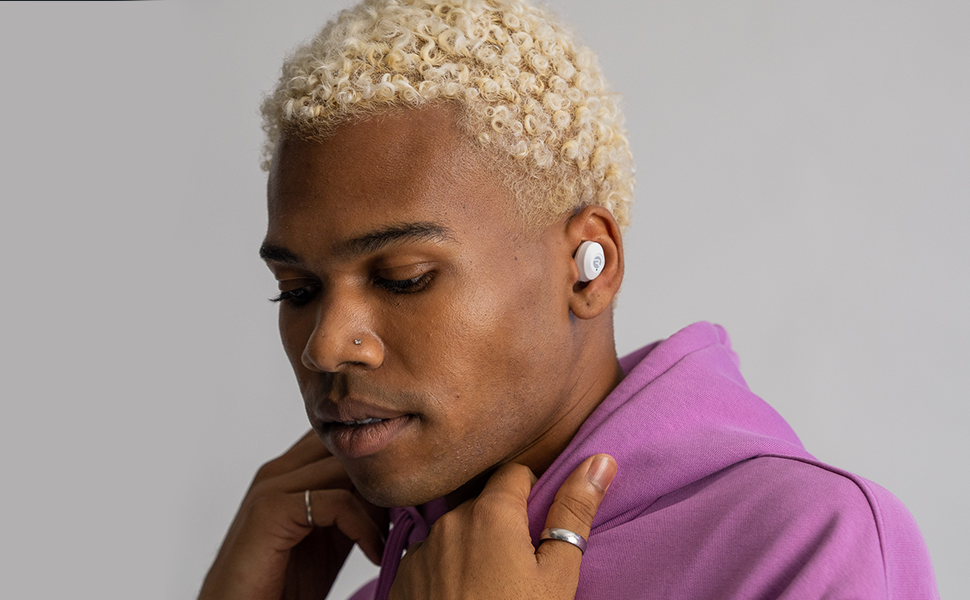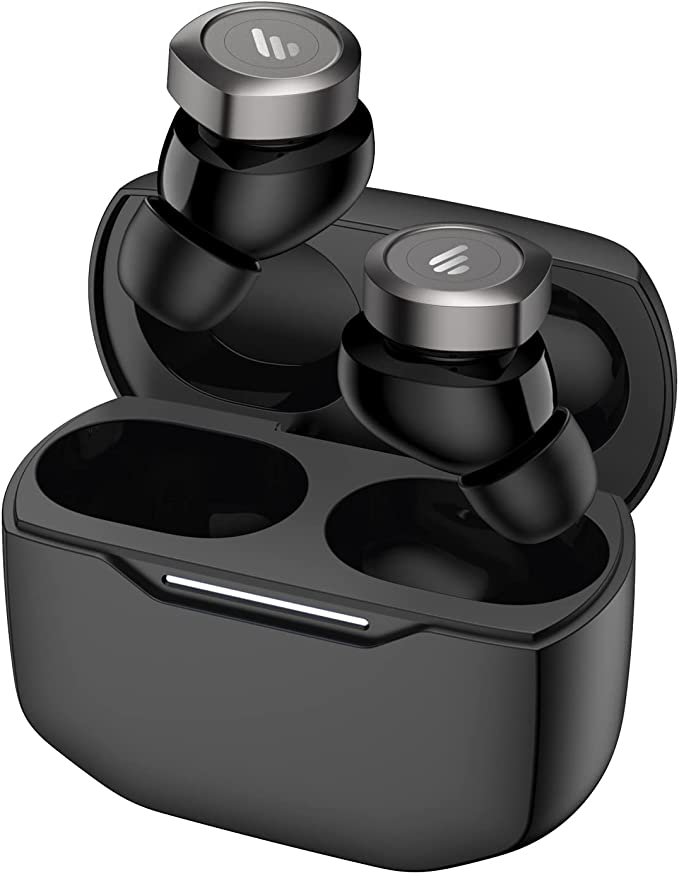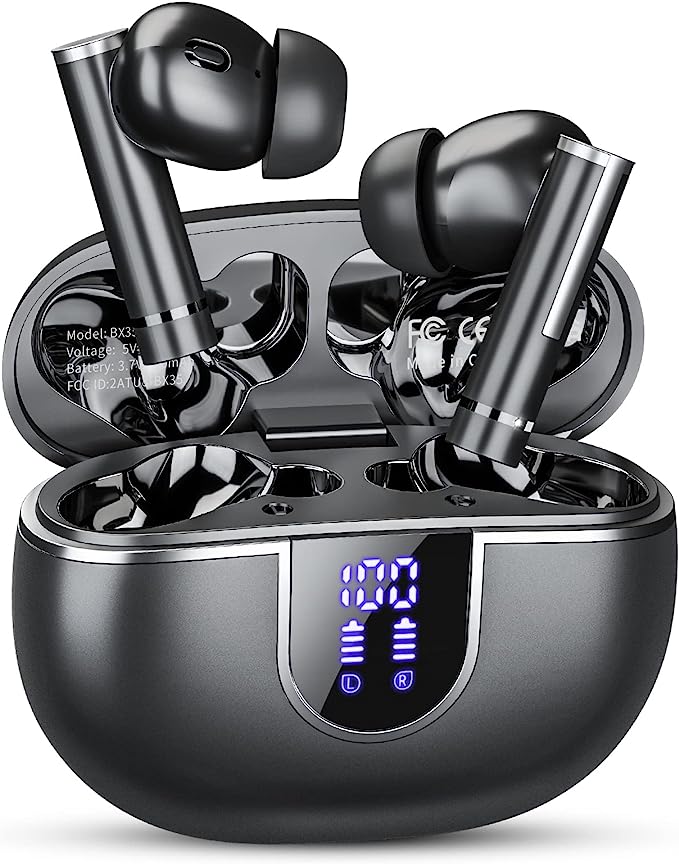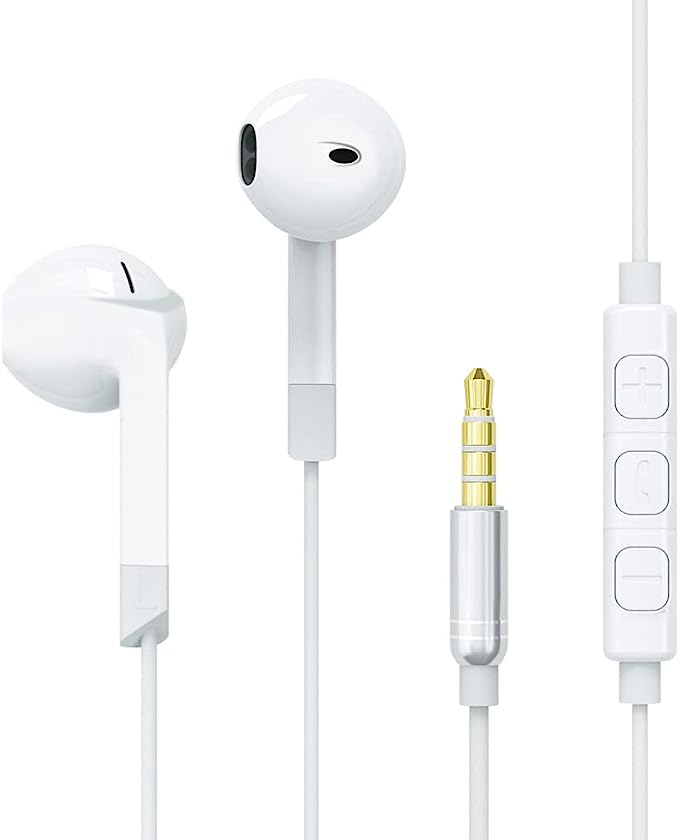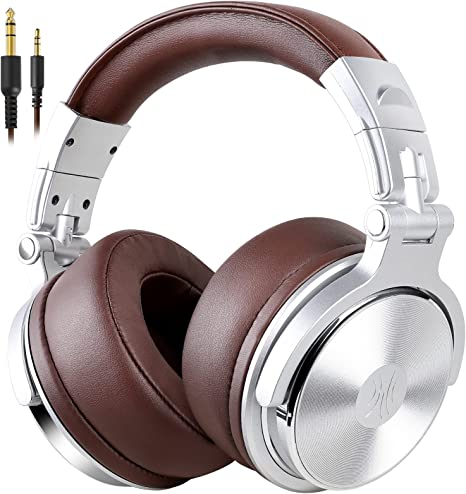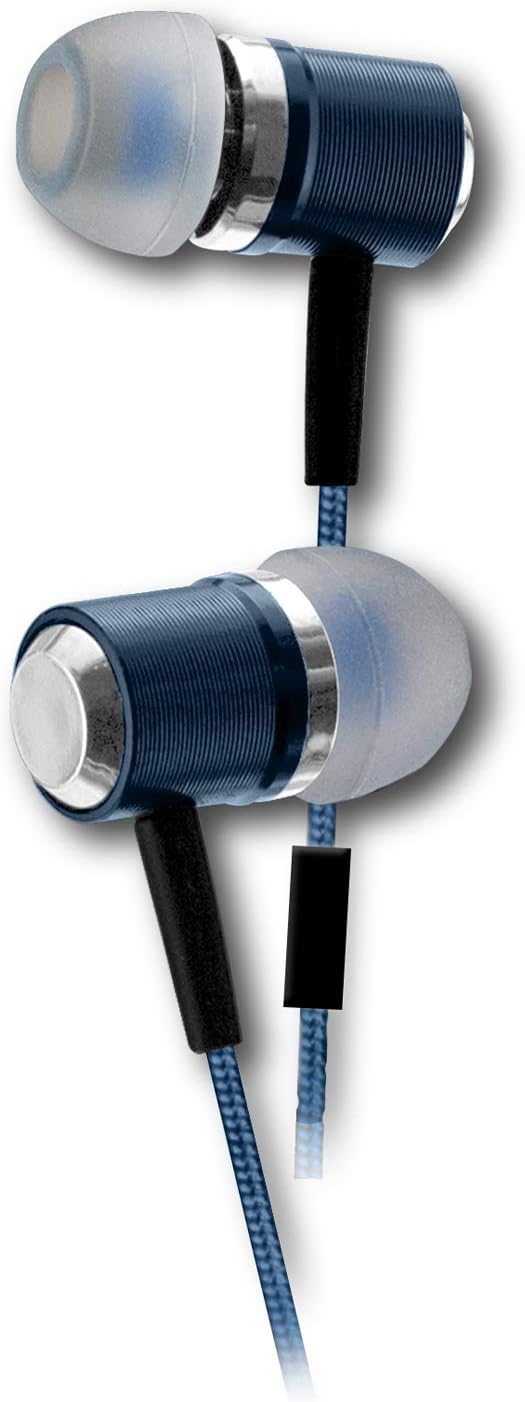Sennheiser HD1 Free Wireless Earbuds: A Liberating In-Ear Audio Experience
Update on June 28, 2025, 9:17 a.m.
The Art of the Possible: A Scientific Autopsy of the Sennheiser HD1 Free
You’ve been there. You’re settled in, watching a captivating scene on your phone, when you notice it. A tiny, infuriating disconnect. A character’s lips move, and a fraction of a second later, you hear their voice. An explosion flashes on screen before the boom reaches your ears. This is the ghost in the machine of wireless audio, a subtle but persistent reminder that convenience often comes at a cost.
Today, we take for granted the seamlessness of tiny, independent earbuds. But to truly appreciate how we got here, we need to perform a sort of scientific autopsy on a key ancestor. Our subject is the Sennheiser HD1 Free, a product launched in 2017. This isn’t a review to convince you to buy a piece of older tech. Instead, think of it as unsealing a time capsule to understand the brilliant engineering, the hard-fought battles against physics, and the art of the possible in an era on the cusp of a revolution.

Unclogging the Digital Pipeline
The first great challenge of wireless audio wasn’t the wires; it was the air. Bluetooth, for all its magic, is a remarkably narrow pipeline for data. To send a full, rich audio file through it is like trying to force a river through a garden hose. Something has to be squeezed. This squeezing is handled by a program called a codec.
The default codec, SBC, is the brute-force solution. It chops up the audio and compresses it aggressively to ensure it gets through, but many of the delicate details are lost in the process—like a low-resolution photo of a masterpiece. For years, this was the accepted compromise for wireless convenience.
The HD1 Free was part of a new guard that refused this compromise. It spoke two more eloquent digital languages: AAC, the fluent dialect of Apple devices, and, more importantly, Qualcomm’s aptX. Think of aptX not just as a compressor, but as a highly intelligent packer. It uses clever predictive techniques (a form of ADPCM, or Adaptive Differential Pulse-Code Modulation) to encode the differences between audio samples rather than the entire sample itself. This is vastly more efficient, allowing it to preserve a wider dynamic range and more subtle details, resulting in sound that is demonstrably richer and closer to the original recording.
But Sennheiser went a step further to exorcise that ghost of latency. The HD1 Free incorporated aptX Low Latency. This wasn’t just a minor tweak. It fundamentally re-engineered the data-handling process to slash the end-to-end delay. While standard Bluetooth latency can hover between 150-250 milliseconds (ms)—a gap easily perceived by our brains—aptX LL targets a delay of under 40ms. This is below the typical threshold of human detection, effectively making the audio and video feel perfectly synchronized. It was a game-changer for anyone who used their headphones for more than just music.

The Unyielding Laws of Physics
Once the pristine digital signal arrives, it faces its next great hurdle: the physical world. An in-ear headphone doesn’t just play sound at you; it creates a tiny, sealed acoustic system with your ear. This is the most misunderstood and critical aspect of in-ear audio.
Imagine a powerful home speaker. If you put it in a flimsy cardboard box, the bass will sound weak and sloppy because the box walls vibrate and leak energy. But place that same speaker in a solid, heavy wooden cabinet, and the bass becomes tight, powerful, and precise. Your ear canal is that cabinet, and the earbud tip is the cabinet door.
This is why the HD1 Free’s four included ear tip sizes are not accessories; they are the most critical tuning component you own. If the seal is incomplete, low-frequency sound waves—the foundation of your music—simply escape into the air. This is the number one reason users complain of “weak bass.” A perfect seal, however, traps that energy, allowing the headphone’s dynamic driver to pressurize the air in your ear canal and deliver the full, visceral impact of the bass.
Sennheiser reinforced this principle with material science. The “in-ear sound tunnels”—the nozzles that direct sound from the driver to your ear—are machined from stainless steel. This is not an aesthetic choice. In the world of acoustics, mass and rigidity are your allies against unwanted resonance. Cheaper plastic housings can vibrate sympathetically with the music, adding their own coloration and muddying the sound. High-density stainless steel acts as an incredibly stable, inert platform. It’s a miniature anchor, ensuring that the only vibrations reaching your eardrum are the ones the driver was meant to create, resulting in exceptional clarity and transient response.

An Artifact of Ingenuity
Looking at the HD1 Free today, the most obvious feature is the neckband that connects the two earpieces. In a world of discrete buds, it seems archaic. But to see it as a flaw is to misunderstand the technological landscape of 2017. It was, in fact, an incredibly intelligent solution to two major problems.
First, power. The energy density of lithium-ion batteries had not yet reached the point where a 6-hour runtime could be squeezed into a tiny, lightweight earbud. The neckband acted as an elegant, distributed power pack, housing a battery large enough to deliver on its promise of all-day listening without making the earbuds themselves heavy and uncomfortable.
Second, signal integrity. Bluetooth 4.2 was a capable standard, but its connection could be fragile, especially in crowded radio-frequency environments. The drivers inside earbuds are essentially tiny electromagnets, generating their own field of electrical noise right next to the delicate Bluetooth antenna. By placing the primary antenna and chipset in the neckband’s control module—physically separated from the noisy drivers—Sennheiser’s engineers created a more stable and reliable wireless link. The neckband wasn’t a leash; it was a lifeline.

The Human Flaw in the Grand Design
For all its acoustic and electronic brilliance, the HD1 Free is a perfect illustration that a product is more than the sum of its technical parts. As many users noted, the design wasn’t flawless in its human interface. The weight of the control and battery modules could create an uneven drag, making them prone to shifting or falling out during movement.
And then there was the voice prompt. Instead of a gentle chime or a calm “battery low” warning, the headset would abruptly and loudly bark, “RECHARGE HEADSET,” startling the listener out of their musical immersion. It’s a small but telling detail: a masterpiece of audio engineering slightly let down by a lack of consideration for the user’s experiential grace. It serves as a valuable lesson that even the most scientifically sound product must ultimately pass the test of human ergonomics and interaction.

Legacy in a Leather Pouch
To hold the Sennheiser HD1 Free today is to hold a snapshot of a pivotal moment. It represents a design philosophy where audio quality was the non-negotiable king, and engineers deployed every clever trick in the book to work within the very real constraints of their time. It teaches us that the path of technology is not always a straight line, but a series of brilliant, evolving compromises.
The HD1 Free shows us how a superior digital codec can save music from being crushed in transit, how a simple silicone tip becomes the gatekeeper to powerful bass, and how a now-unfashionable neckband was once a mark of sophisticated engineering. It is a masterclass in the art of the possible, a testament to a time when freeing the sound was a hard-won scientific victory.

